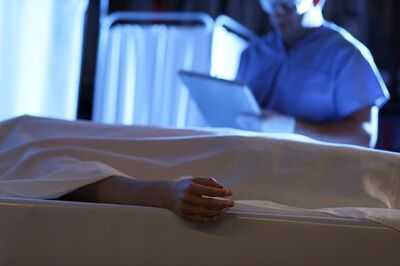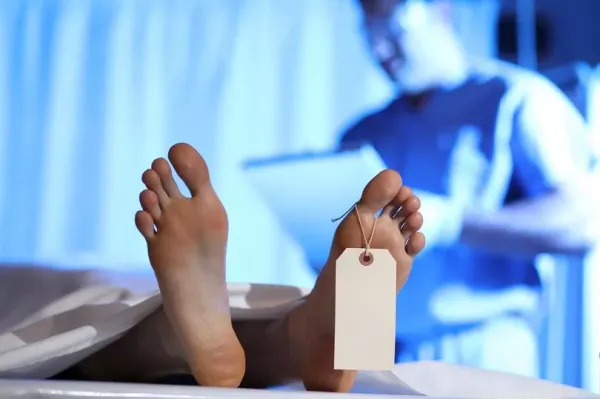
A group of scientists have shared their plans to grow "spare" human bodies for four very different reasons including meat alternatives.
Carsten T Charlesworth, Henry T Greely, and Hiromitsu Nakauchi the idea of "bodyoids" to make groundbreaking experiments. The trio hope to not only find more ethical food alternatives, but want to also create artificial wombs.
Such a development, would "revolutionise" medicine and allow the experts to try different treatments on the human-like . Lastly, they'd like to grow human organs to aid transplants.
The shared their proposals in the . The trio explained that bodyoids could tackle a series of ethical issues such as reducing "unnecessary pain and suffering."
"They could offer an ethical alternative to the way we currently use nonhuman animals for and food, providing meat or other products with no animal suffering or awareness," the experts said.
READ MORE:

In the publication, they said they understand why some people might deem the idea as "grotesque". However, they explained it could tackle with medicine and reduce the waiting list for organ transplants.
They wrote: "Recent advances in biotechnology now provide a pathway to producing living human bodies without the neural components that allow us to think, be aware, or feel pain. Many will find this possibility disturbing, but if researchers and policymakers can find a way to pull these technologies together, we may one day be able to create 'spare' bodies, both human and nonhuman."
The experts added: "These could revolutionise medical research and drug development, greatly reducing the need for animal testing, rescuing many people from organ transplant lists, and allowing us to produce more effective drugs and treatments. All without crossing most people’s ethical lines."
According to the team, they could use pluripotent stem , one of the initial cell types to appear during human development. It was reported that the cells have already been used to successfully make a structure that mirrors a human embryo. This could help grow fetuses without a body and in artificial uteruses.
Charlesworth, Greely, and Nakauchi said they are aware that the plans may not offer "certainties". They added: "We do not know whether the embryo models recently created from stem cells could give rise to people or, thus far, even to living mice.
"We do not know when, or whether, an effective will be found for successfully gestating human bodies entirely outside a person."
However, they continued: "The time to start those discussions is now, when a scientific pathway seems clear enough for us to avoid pure speculation but before the is presented with a troubling surprise."